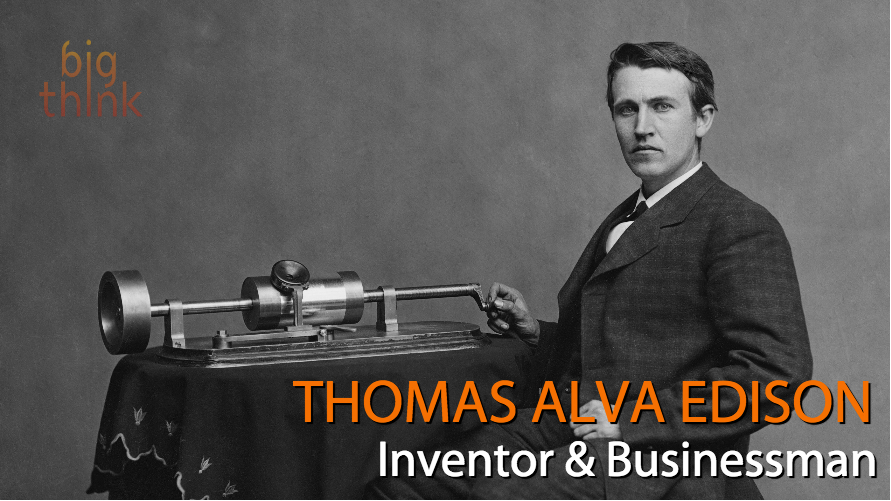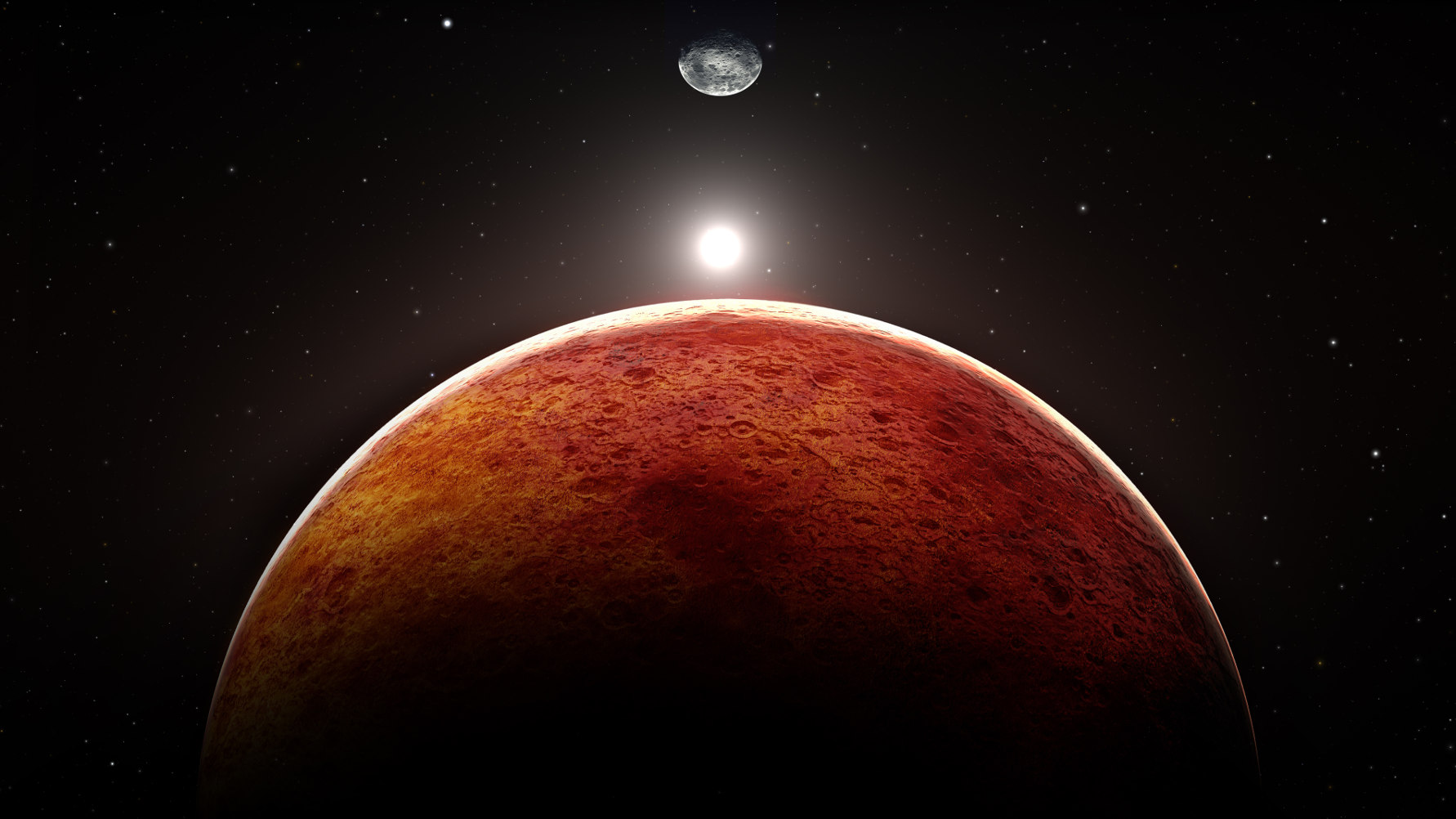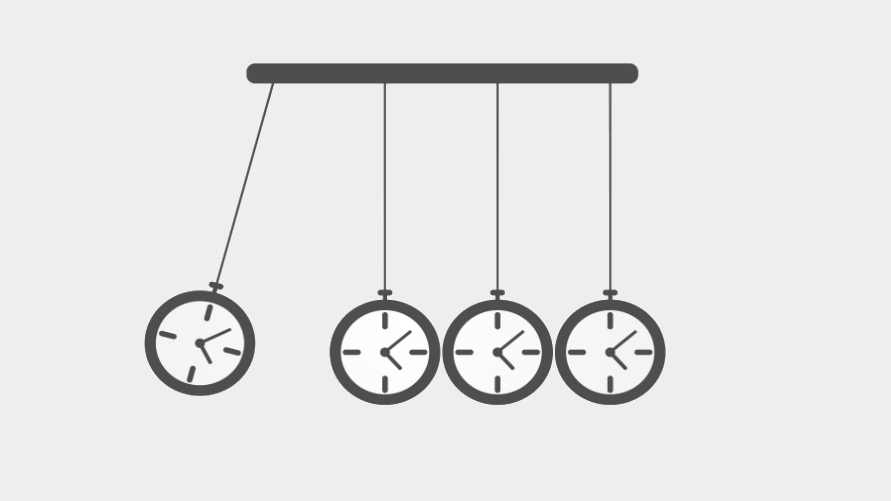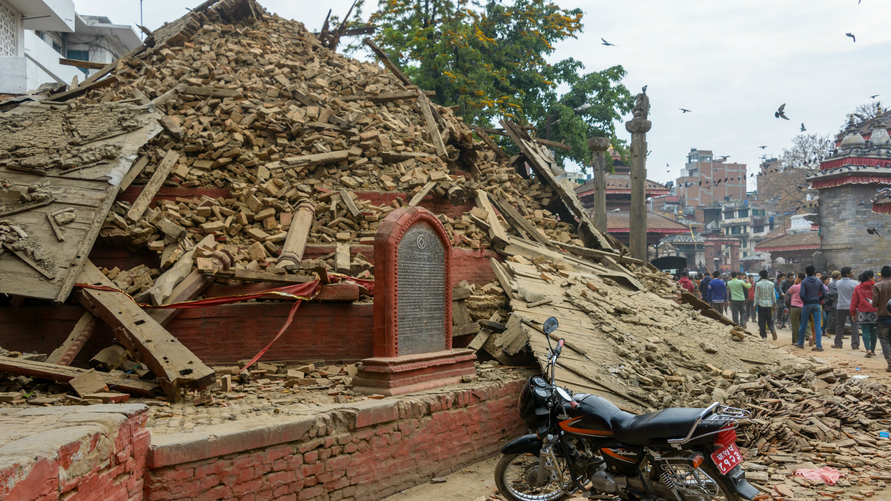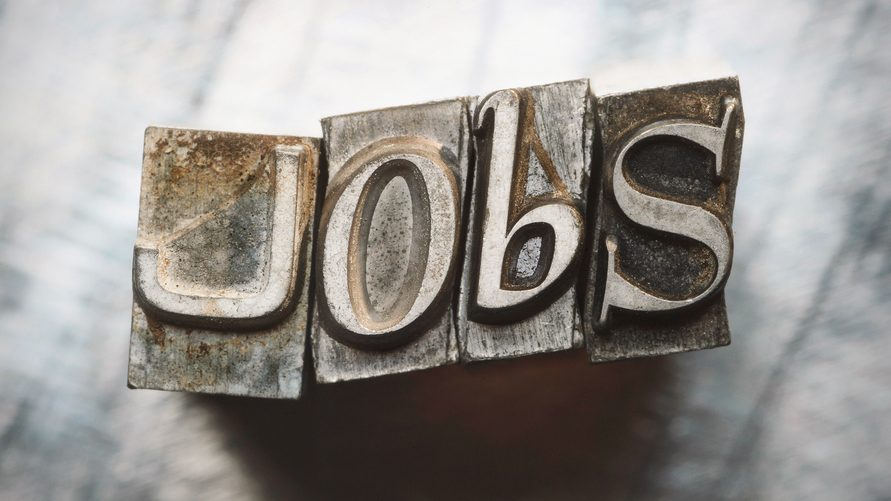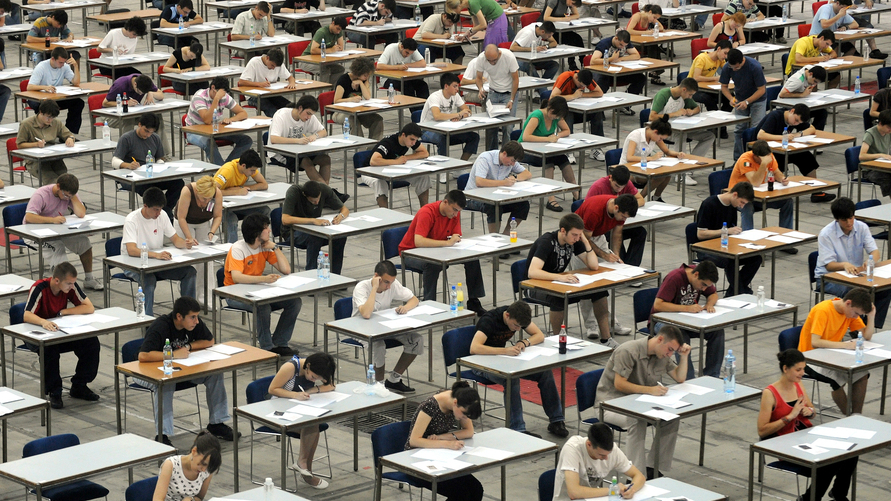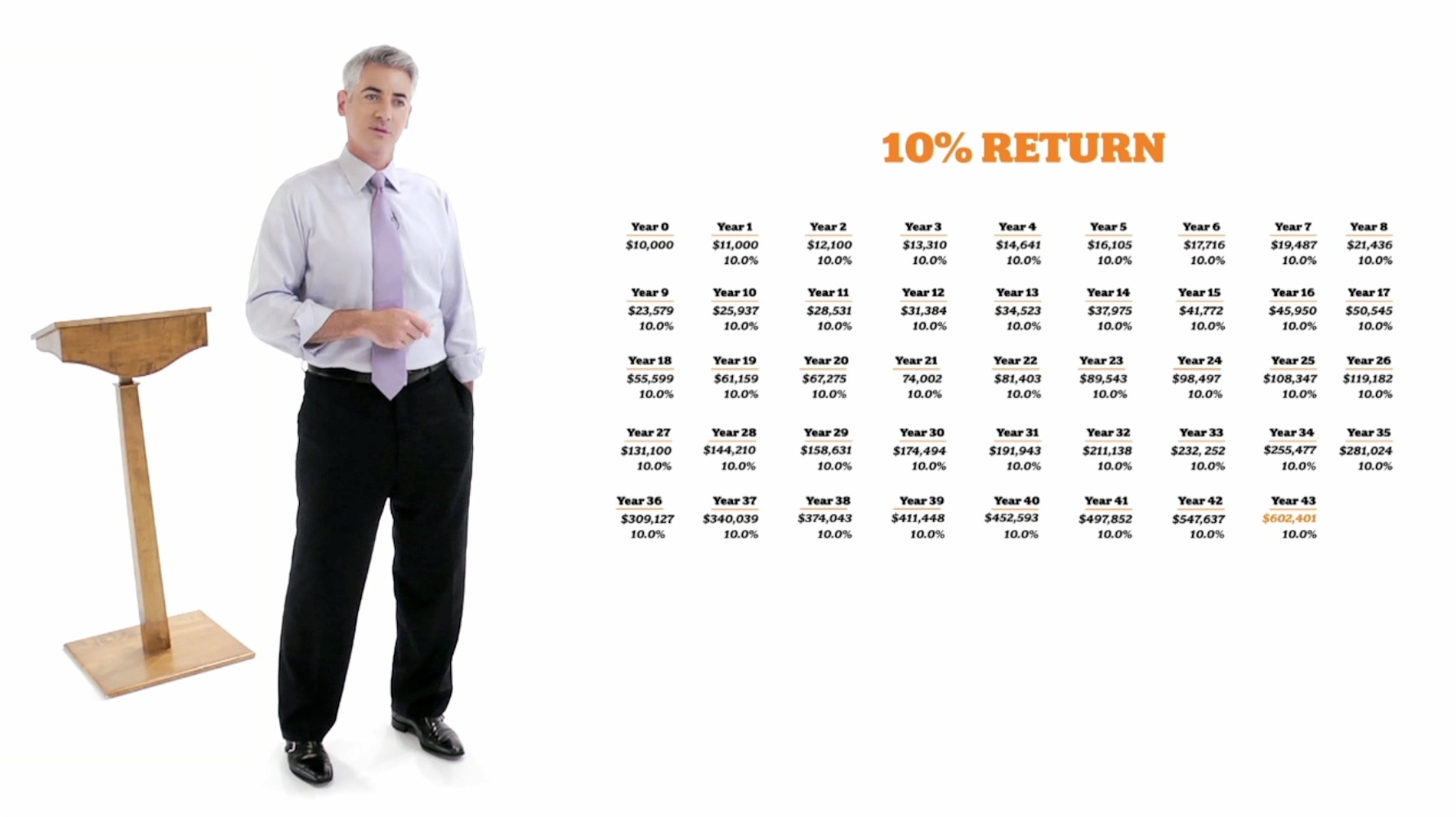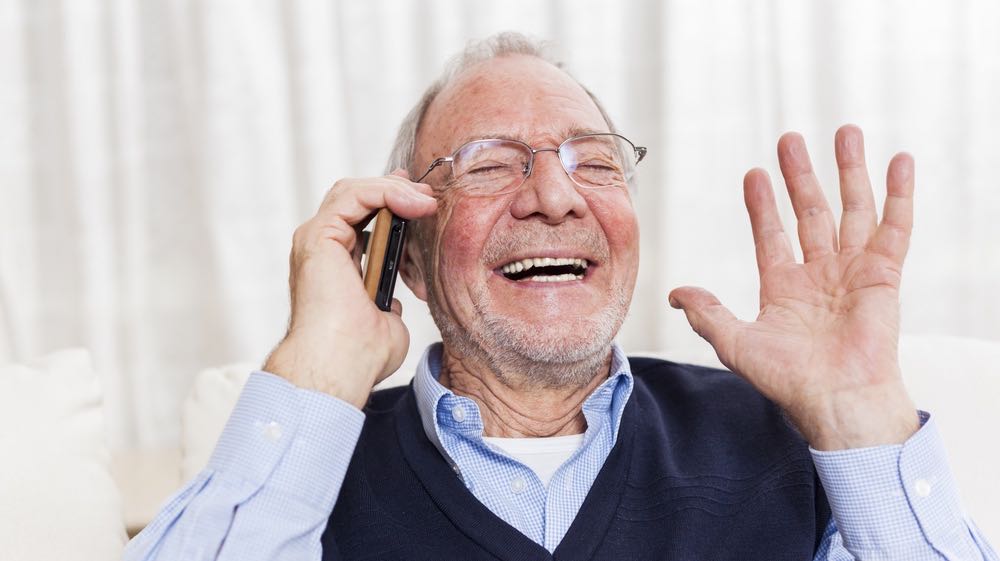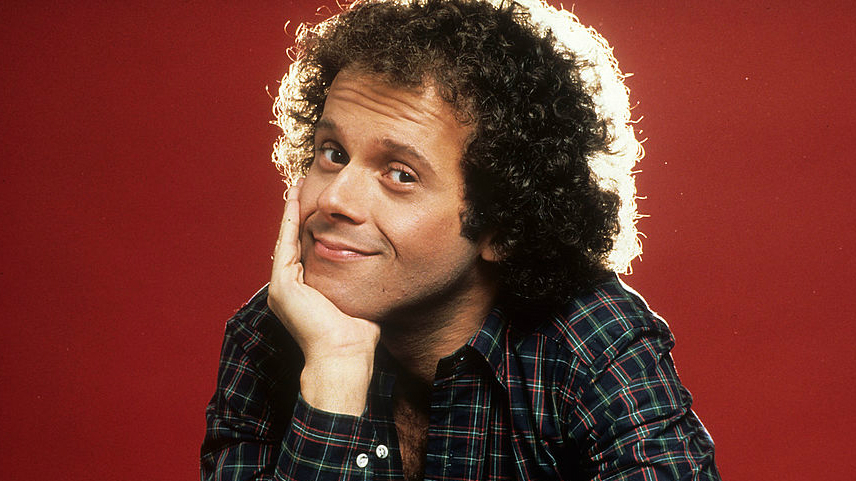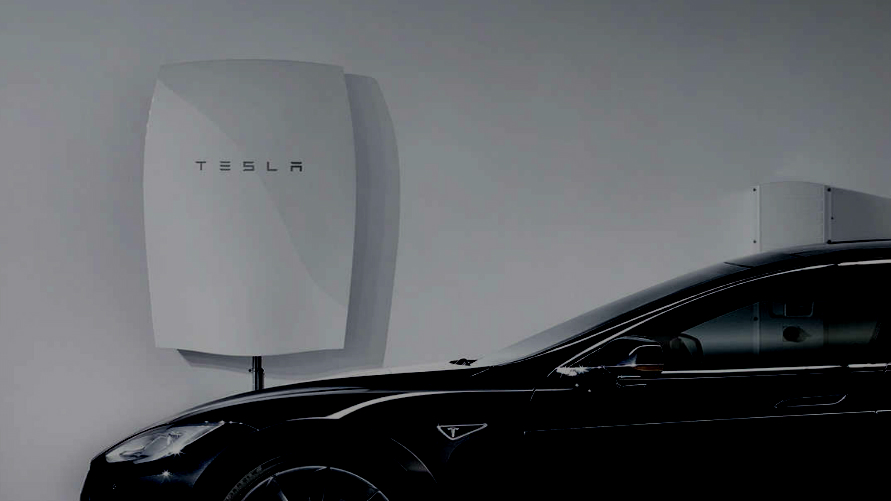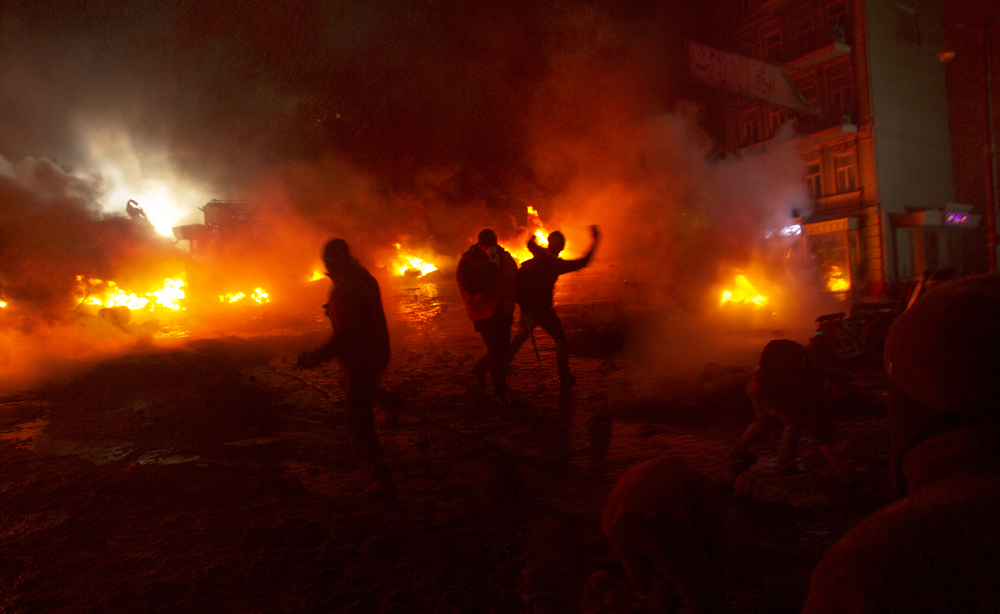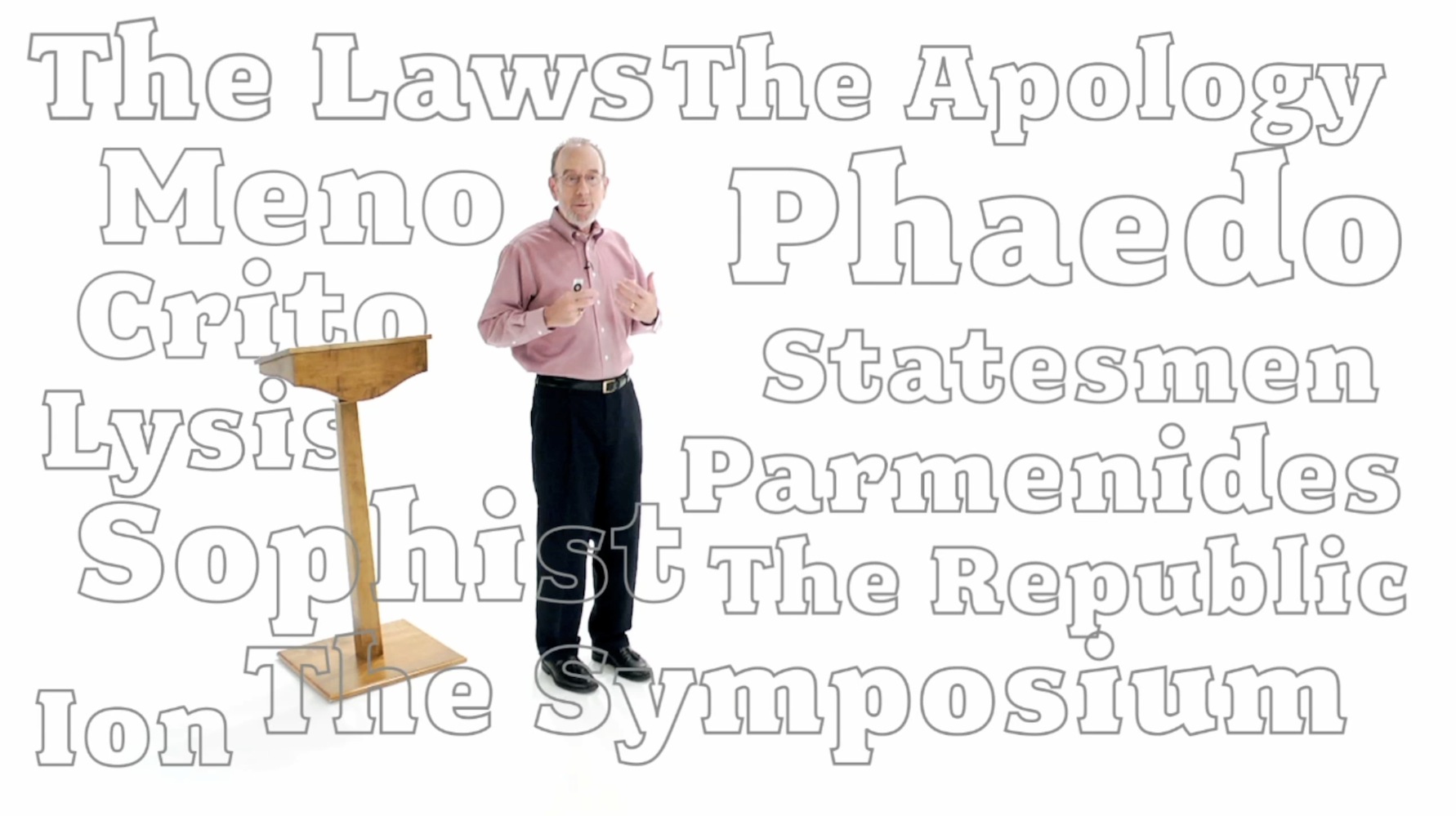Words of wisdom from the Wizard of Menlo Park: “Many of life’s failures are people who did not realize how close they were to success when they gave up.”
All Articles
A study reveals that most teens believe they won’t be victims of cyberbullying — it’s something that happens to other people.
Many issues stand against a mission to Mars: fuel, landing, and sustaining life on the red planet are just a few. But scientists say that the astronauts that depart will not be the same — the structure of their brains will change.
See as far back in the Universe as our greatest telescope’s eyes will take us. “It is by going down into the abyss that we recover the treasures of life. […]
Researchers are working on a method to transform every blood type into O — the universal-donor blood type.
If winter is coming, this epic artwork is the spring thaw. “When I was a kid, my world was five streets long. I never got away, except in books. I […]
Children may know the words for seconds and hours as early as two, but understanding how long two minutes are versus one hour comes with experience.
So-called structured procrastination could help you be as productive as your go-getter peers.
Excavators in Nepal will have access to a smartphone app to allow them to share images and documentation of salvaged artifacts.
Call it the psychology of the job search: The typeface you choose for your résumé communicates much more to the hiring manager than you’d think.
A British academic’s remarks that “it’s inevitable that students will be allowed to use the Internet in exams” sparks a debate over the purpose of testing and the encouragement of learning.
We all want to be financially stable and enjoy a well-funded retirement, but we don’t want to squander our hard-earned money on poor investments.
Older people, 65 and older, are the most likely to reap the benefits of smartphone technology.
As predicted, last night Elon Musk introduced a suite of Tesla batteries for homes and businesses. The technology is exciting now; it could be a game changer in the future.
Can failed stars, or stellar corpses, give light to the Universe once again? “A single tiny light creates a space where darkness cannot exist. The light vanquishes the darkness. Try […]
Last week’s events in Nepal and Baltimore were drastically different. Yet how people responded to two tragedies offer insight into how we deal with trauma and how we decide to offer compassion.
Researchers have found that the earthquake has taken an inch from the iconic Mount Everest.
Yale Professor Jeffrey Brenzel argues that reading the great classics can not only enrich your education, but also actually make your life better.
Two prominent economists have called for the institution of a worldwide economic-development plan modeled after the post-WWII European Recovery Program. They argue that helping poor countries industrialize is the best way to achieve lasting peace.
The social justice pope spoke out this week on two hot topics. On Tuesday, he held a climate change summit. On Wednesday, he called the gender pay gap a “scandal.”
Something like social contracts likely run deep in our nature. As does the “economic justice” they need. The largest database we have on hunter-gatherer cultures suggests our ancestors had rigidly egalitarian tendencies 10,000 generations ago.
Can a running start really improve your driving distance in golf? “What a shot by Happy Gilmore! <aside> Who the hell is Happy Gilmore?”–Announcer, from Happy Gilmore As I prepare […]
The most important thing about art is every person’s capacity to make it, and that the body/mind discipline of cultivating your artistic abilities has collateral utility for every aspect of life.
By the 1960s the two most criticized art forms in America were modern art and television. Some critics called modern art mystifying junk, while others targeted TV as anything from trash to a threat to democracy. Revolution of the Eye: Modern Art and the Birth of American Television at The Jewish Museum, New York, hopes to redeem both media by exploring how modern art provided an ethos and aesthetic for early television — a debt repaid later as television, in turn, inspired a new generation of modern artists, including Andy Warhol, who began as a modernist-influenced graphic designer for, among other clients, television networks. By looking back at modern art and television’s mutual love affair from the 1940s to the 1970s, Revolution of the Eye challenges us to reflect on the artistic aspirations of TV’s latest golden age.
With the May 1st grand opening to the public of its new building in Manhattan’s Meatpacking District, the Whitney Museum launches a new era not only in the New York City art scene, but also, possibly, in the very world of museums. Thanks to a Renzo Piano-designed new building built, as Whitney Director Adam D. Weinberg put it, “from the inside out” to serve the interests of the art and the patrons first, the new Whitney and its classic collection of American art stretching back to 1900 has drawn excited raves and exasperated rants from critics. Their inaugural exhibition, America Is Hard to See, gathers together long-loved classic works with rarely seen newcomers to create a paradox of old and new to mirror the many paradoxes of the American history the art embodies and critiques by turns. This shock of the new (and old) is the must-see art event of the year.
Players are starting to drop out of eSports — complaining of crippling injuries that have halted their careers, which begs the question if eSports needs to reform to support these veterans.
The shunning of fairness as a business value has fostered a climate in which what’s right, good, or fair matters far less than getting jobs done efficiently and effectively.
Everything that makes Twitter great also makes it difficult to monetize. As investors flee, the days may be numbered for the Twitter we know and love.
Sitting cheek-by-jowl in the packed press gallery at the Supreme Court on Tuesday and listening to 150 minutes of oral arguments in the historic same-sex marriage cases, I marveled at […]
